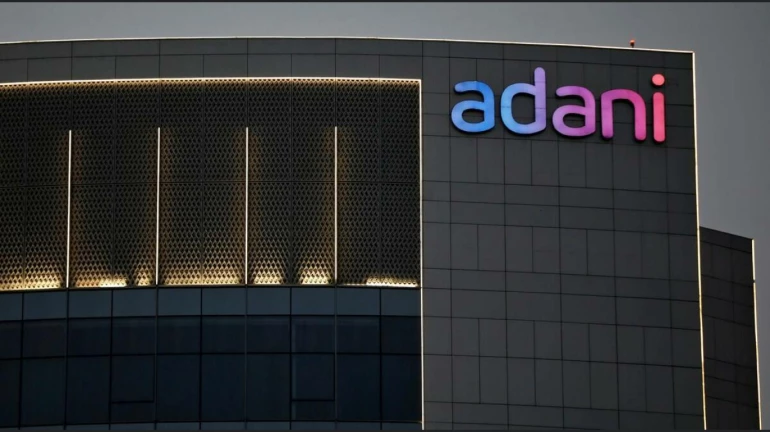
The redevelopment of Dharavi, one of Asia’s largest slums, is being carried out by Navbharat Mega Developers Private Limited (NMDPL), a subsidiary of the Adani Group. Under the project, commercial and residential units are set to be constructed not only within Dharavi but also across multiple locations in Mumbai. It has been planned that these external developments will house residents who do not qualify for free rehabilitation within Dharavi. According to NMDPL’s Chief Executive Officer, SVR Srinivas, the details of these additional projects will be made public at a later stage.
To ensure the financial feasibility of this large-scale urban renewal project, several concessions have been granted by the state government. As part of the agreement, real estate developers have been mandated to purchase at least 40% of the project’s development rights from NMDPL. Additionally, the company has been allocated development rights over other land parcels in Mumbai. Sources familiar with the project have indicated that these measures have been introduced to maintain the project’s economic viability. Since the Dharavi redevelopment has been classified as a “Vital Public Purpose Project,” the government has been authorized to offer special relaxations to facilitate the initiative.
Dharavi, which spans approximately 640 acres in central Mumbai, consists of around 1,71,000 residential and commercial structures. A survey of 80% of these units has already been completed, with nearly half expected to qualify for free rehabilitation within the redeveloped area. It has been determined that the remaining residents will be relocated to other designated locations across Mumbai. The Dharavi Redevelopment Project (DRP), the state agency supervising the transformation, has planned to construct 10 crore square feet of rehabilitative housing, along with 14 crore square feet of free-market real estate. The latter has been identified as a crucial component of the project’s revenue generation.
It has been pointed out by individuals associated with the project that the sale of market-rate properties will be necessary to offset the costs of relocating businesses and families that do not qualify for free housing. It has also been suggested that restricting development to hire-purchase housing for ineligible residents would make the project financially unsustainable. Out of the 640 acres of Dharavi, only 240 acres have been identified as developable land, as the remaining 400 acres consist of protected areas such as mangroves, parks, creeks, and coastal regulatory zones where construction activities have been prohibited. Apart from this developable portion within Dharavi, an additional 1,220.3 acres across six locations in Mumbai have been acquired by NMDPL to provide housing for those ineligible for rehabilitation within the redeveloped slum cluster.
Further concessions have been granted by the state government regarding Transferable Development Rights (TDR), a mechanism that allows development rights from one land parcel to be transferred and utilized elsewhere within designated zones of the city. TDR, which is commonly generated through slum redevelopment, open space preservation, and public infrastructure projects, has been permitted to be sold on the open market to other developers.
When the redevelopment contract was awarded in November 2022 to Adani Properties for ₹5,069 crore, the company was required to purchase 50% of the project’s TDR. However, in November 2023, this requirement was reduced to 40%, allowing more flexibility in TDR transactions. Under standard rules, only a fraction of TDR can be used elsewhere, but a special concession has been granted to NMDPL, permitting the full TDR generated from Dharavi to be utilized in other parts of Mumbai. Additionally, the sale price of TDR has been increased to 90% of the ready reckoner rate, significantly higher than the usual 30-60% pricing.
Despite the scale and ambition of the project, concerns have been raised by political opposition. Congress MP and Mumbai Regional Congress Committee president Varsha Gaikwad has strongly criticized the government, accusing it of unfairly favoring the Adani Group by handing over valuable Mumbai land to corporate interests. It has been argued that these concessions could disrupt the city’s real estate sector and set a precedent for similar future projects. While the Dharavi redevelopment has been positioned as a landmark urban renewal initiative, debates over its financial and political implications continue. The full impact of the project will be understood only as redevelopment progresses and further details are made public.





